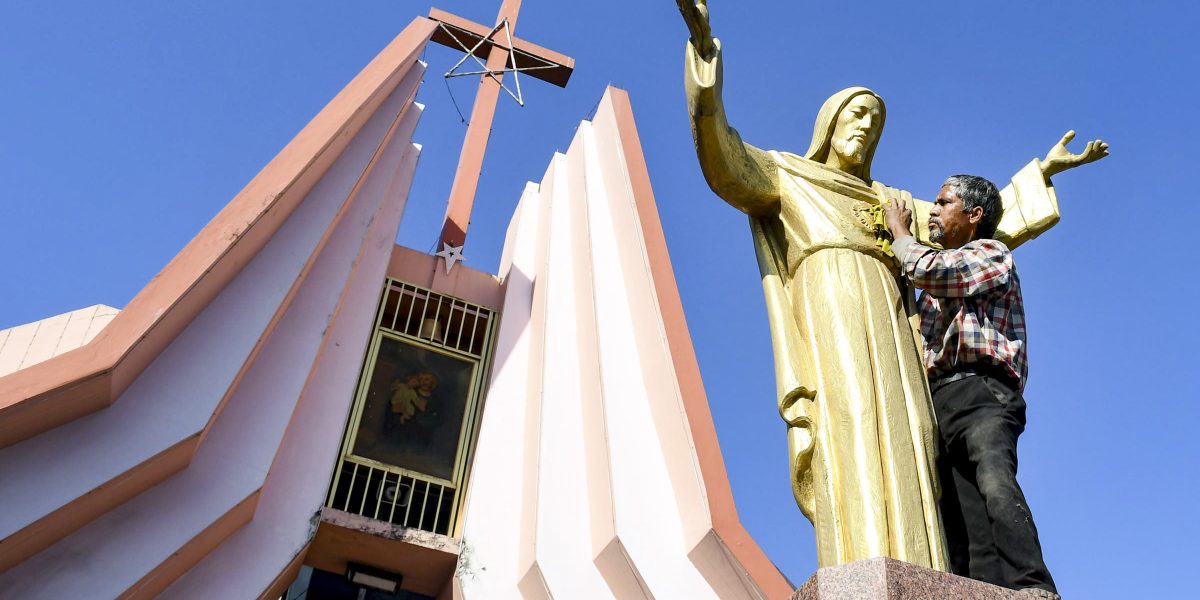
Protesters holding signs showing the murdered journalist Gauri Lankesh, Kolkata, India, September 7, 2017
Gauri Lankesh was the editor of a weekly tabloid published in Kannada, the main language of the southern Indian state of Karnataka. She was murdered on the fifth of September at the gate of her house in Bangalore, shot in the head and chest at close range. Her killers got away on motorcycles. This gangland-style assassination of a journalist would have made a stir in any case, but coming as it did after a series of political murders, it resonated across India and beyond its borders.
From the moment she died, the press reported her death not as an individual event but as the fourth in a sequence of assassinations; to the names Narendra Dabholkar, Govind Pansare, and M.M. Kalburgi, journalists now added Gauri Lankesh. Politically they were all left-leaning, strongly rationalist, hostile to Hindu orthodoxy, and convinced that right-wing majoritarianism was the mortal enemy of republican democracy. They were also public intellectuals who chose to write in their mother tongues: Dabholkar and Pansare wrote in Marathi, Kalburgi and Lankesh in Kannada. They spoke to a vernacular readership beyond the reach of the country’s English media, with its pan-Indian but paper-thin Anglophone audience. Each of them was shot dead by men on motorcycles with homemade pistols who got away.
India has always been a dangerous place for journalists. The Hindi journalist Ramchandra Chhatrapati, who in 2002 first published the anonymous letter accusing Gurmeet Ram Rahim Singh, the recently jailed cult leader, of rape, was shot and killed weeks after his story ran. More than thirty journalists have been killed in the state of Assam in the last thirty years. In the newly created state of Jharkhand, with its mining mafias, being a journalist is a conspicuously dangerous business: four journalists have died there since 2000 and no one has been convicted of their murders. Malini Subramaniam, a freelance journalist, was hounded out of Bastar in the state of Chhatisgarh by a vigilante group acting in concert with the local police because her reports on the Maoist insurgency didn’t fit the government’s counterinsurgency narrative. In Madhya Pradesh, a central Indian state, a scandal about corruption in a government-administered examination board was dwarfed by the horror of its aftermath: nearly forty people associated with the scandal as culprits or witnesses died seemingly unnatural deaths, and in 2015, a journalist investigating the case the case died in mysterious circumstances.
These incidents are classic examples of violent censorship, of concealment by murder. But the killings of Dabholkar, Pansare, Kalburgi, and Lankesh don’t seem to be instrumental violence designed to silence inconvenient revelations. While it’s reasonable to be concerned about the impact of these killings on free speech and journalism, to see them primarily as an extreme form of censorship is to underestimate the enormity of the crime. Their murders look more like ideological assassinations designed to punish intellectual dissent.
This story was first appeared on nybooks.com





